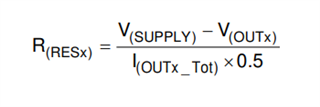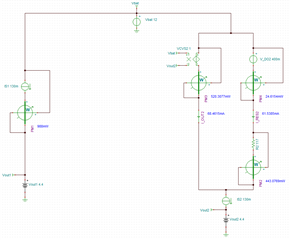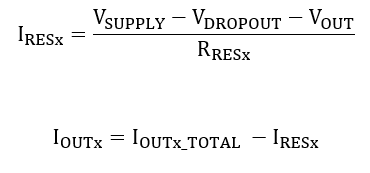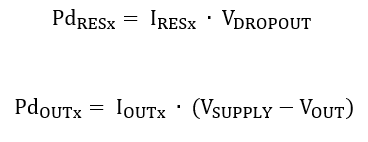Tool/software:
Hi team,
My customer would like to estimate the junction temperature at the specific use case. Could you please check if my understanding below is correct to calculate the power dissipation of TPS92620-Q1?
When the circuit is Figure 7-4,
V(SUPPLY) = 12V (typical)
V(OUTx) is typical 2 × 2.2V = 4.4V.
I(OUTx_Tot) = 130mA (maximum)
(12V - 4.4V) x 130mA = 0.988W.
so power dissipation in TPS92620-Q1 is 0.988W.
Is my understanding correct?
Best regards,
Shunsuke Yamamoto






